LABORATORIES
Neural Engineering Lab
Neural Engineering Lab
Research
Team
Publications
Contact
Others
Research
Our team applies engineering techniques to investigate the function and manipulate the central and peripheral nervous system. Research performed in our lab focus on functional recovery and mobility after neurological injuries using neuromodulation approaches. We design breakthrough technology-based interventions to promote neurorecovery through neural interfaces. These interfaces allow us to record neural activity and stimulate the nervous system to modulate and strengthen neural pathways. Currently, the main line of research carried out in our lab is Neuroprosthetics for tremor reduction.
Lines of research
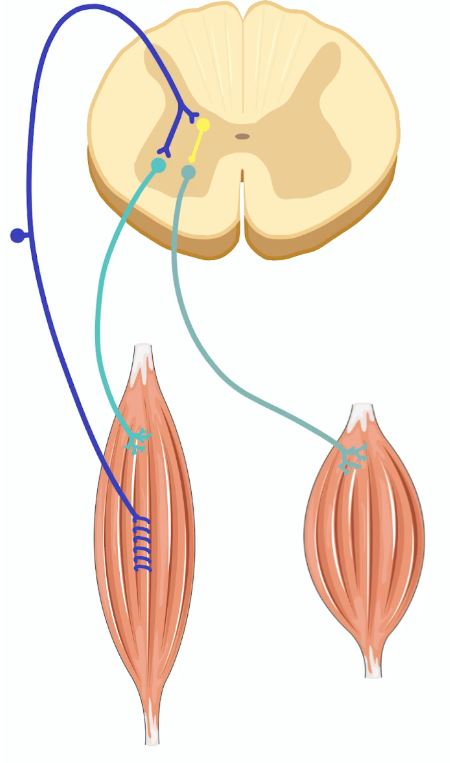

In the past few years, we have demonstrated the ability of some AI techniques to accurately predict tremor events from kinematic and EMG data offline. This is collaborative work with Dr. Álvaro Gutiérrez (UPM, Madrid) and Dr. Alejandro Pascual Valdunciel (Imperial College London, UK). Currently, we are now investigating the potential of AI techniques to accurately predict tremor events online. The main goal is to implement this approach towards customized therapies that can reduce pathological tremor more efficiently.
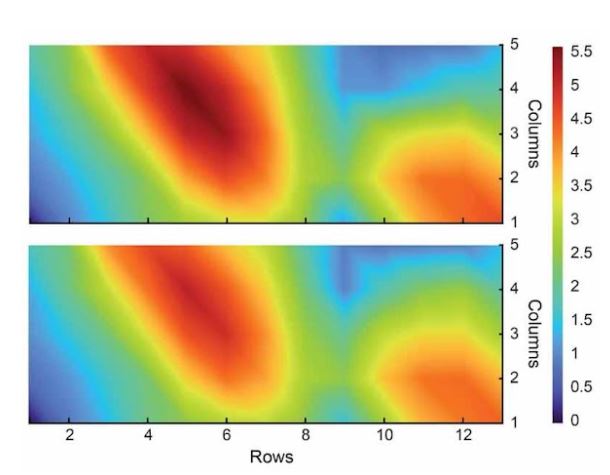
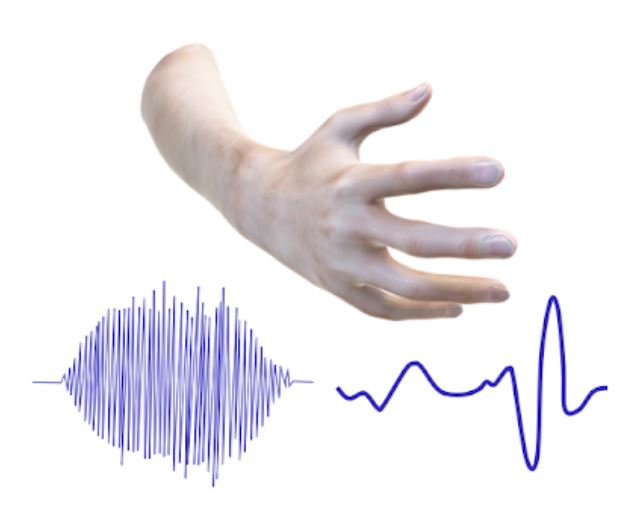
Team
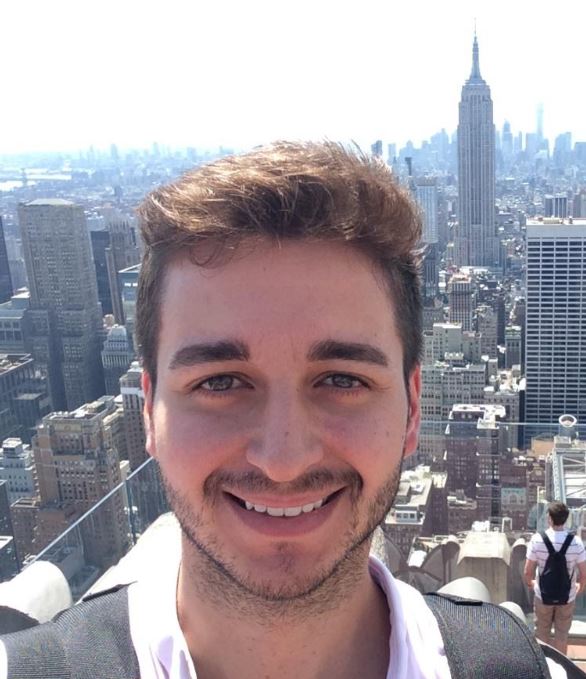
Filipe Oliveira Barroso
Group Leader

Cristina Montero Pardo
PhD Student

İrem Akgun
PhD Student
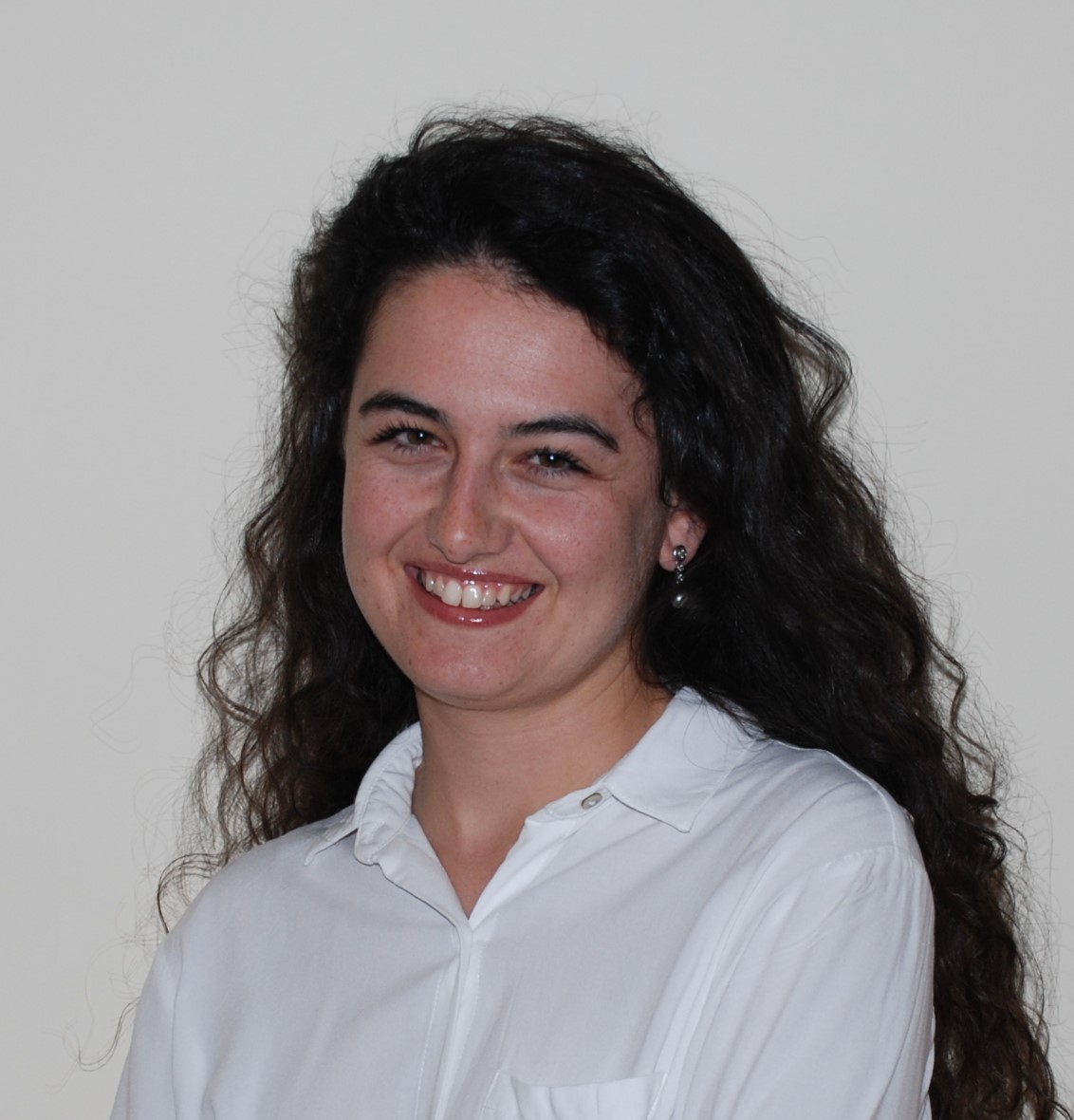
Míriam Múgica Esteve
MSc Student
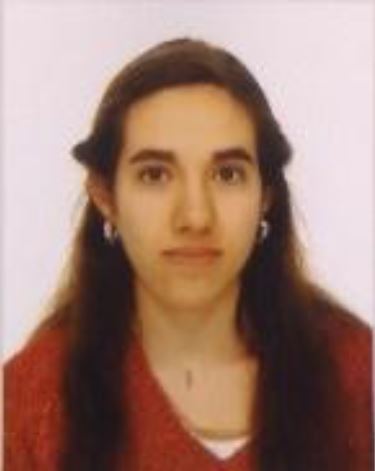
María España Fontán
Bachelor student
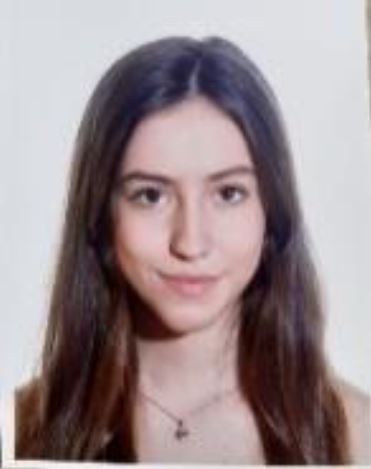
Maria Pulido Agüero
Bachelor student
Publications
List of the most representative publications
- Alejandro Pascual Valdunciel; Nish Mohith Kurukuti; Cristina Montero Pardo; Filipe Oliveira Barroso; José Luis Pons. 2023. Modulation of spinal circuits following phase-dependent electrical stimulation of afferent pathways. Journal of Neural Engineering. 20. https://doi.org/10.1088/1741-2552/acb087.
- Cintia Lopes Ferreira; Filipe Oliveira Barroso; Diego Torricelli; José L. Pons; Fabiano Politti; Paulo Roberto Garcia Lucareli. Muscle synergies analysis shows altered neural strategies in women with patellofemoral pain during walking. PLOS ONE. 2023. 18 – 10. https://doi.org/10.1371/journal.pone.0292464.
- Alejandro Pascual Valdunciel; Víctor Lopo Martínez; Rafael Sendra Arranz; Miguel González Sánchez; Javier Ricardo Pérez Sánchez; Francisco Grandas; Diego Torriceli; Juan C. Moreno; Filipe Oliveira Barroso; José L. Pons; Álvaro Gutiérrez. 2022. Prediction of Pathological Tremor Signals Using Long Short-Term Memory Neural Networks. IEEE Journal of Biomedical and Health Informatics. https://doi.org/10.1109/JBHI.2022.3209316.
- Laura Becerra Fajardo; Marc Oliver Krob; Jesus Minguillon; Camila Rodrigues; Christine Welsch; Marc Tudela Pi; Albert Comerma; Filipe Oliveira Barroso; Andreas Schneider; Antoni Ivorra. 2022. Floating EMG sensors and stimulators wirelessly powered and operated by volume conduction for networked neuroprosthetics. Journal of NeuroEngineering and Rehabilitation. 19-1. https://doi.org/10.1186/s12984-022-01033-3.
- Alejandro Pascual Valdunciel; Grace W. Hoo; Simon Avrillon; Filipe Oliveira Barroso; Jennifer G. Goldman; Julio C. Hernandez Pavon; José L. Pons. 2021. Peripheral electrical stimulation to reduce pathological tremor: a review. Journal of NeuroEngineering and Rehabilitation. 18-1. https://doi.org/10.1186/s12984-021-00811-9.
- Lilla Botzheim; Jozsef Laczko; Diego Torricelli; Mariann Mravcsik; Jose L. Pons; Filipe Oliveira Barroso. 2021. Effects of gravity and kinematic constraints on muscle synergies in arm cycling. Journal of Neurophysiology. 125-4, pp.1367-1381. https://doi.org/10.1152/jn.00415.2020.
- Alejandro Pascual Valdunciel; Miguel Gonzalez Sanchez; Silvia Muceli; Silvia Muceli; Beatriz Adán-Barrientos; Viviana Escobar-Segura; Javier Ricardo Pérez-Sánchez; Moon Ki Jung; Andreas Schneider; Klaus-Peter Hoffmann; Juan Camilo Moreno; Francisco Grandas; Dario Farina; José Luis Pons; Filipe Oliveira Barroso. 2020. Intramuscular stimulation of muscle afferents attains prolonged tremor reduction in essential tremor patients. IEEE Transactions on Biomedical Engineering. https://doi.org/10.1109/TBME.2020.3015572.
- Cristiano Alessandro; Filipe Oliveira Barroso; Adarsh Prashara; David P. Tentler; Hsin-Yun Yeh; Matthew C. Tresch. 2020. Coordination amongst quadriceps muscles suggests neural regulation of internal joint stresses, not simplification of task performance. Proceedings of the National Academy of Sciences. 117-14, pp.8135-8142. https://doi.org/10.1073/pnas.1916578117.
- Filipe O. Barroso; Cristiano Alessandro; Matthew C. Tresch. 2019. Adaptation of muscle activation after patellar loading demonstrates neural control of joint variables. Scientific Reports. 9. https://doi.org/10.1038/s41598-019-56888-9.
- Filipe O. Barroso; Bryan Yoder; David Tentler; Josephine J. Wanner; Amina A. Kinkhabwala; Maria K. Jantz; Robert D. Flint; Pablo M. Tostado; Evonne Pei; Ambika D. R. Satish; Sarah K. Brodnick; Aaron J. Suminski; Justin C. Williams; Lee E. Miller; Matthew C. Tresch. 2019. Decoding neural activity to predict rat locomotion using intracortical and epidural arrays. Journal of Neural Engineering. 16-3. https://doi.org/10.1088/1741-2552/ab0698.
- Silvia Muceli; Wigand Poppendieck; Klaus-Peter Hoffmann; Strahinja Dosen; Julián Benito-León; Filipe O. Barroso; José L. Pons; Dario Farina. 2019. A thin-film multichannel electrode for muscle recording and stimulation in neuroprosthetics applications. Journal of Neural Engineering. 16-2. https://doi.org/10.1088/1741-2552/ab047a.
- Cristiano Alessandro; Benjamin A. Rellinger; Filipe O. Barroso; Matthew C. Tresch. 2018. Adaptation after vastus lateralis denervation in rats demonstrates neural regulation of joint stresses and strains. eLife. 7. https://doi.org/10.7554/eLife.38215.001.
- Filipe O. Barroso; Diego Torricelli; Francisco Molina-Rueda; Isabel M. Alguacil-Diego; Roberto Cano-de-la-Cuerda; Cristina Santos; Juan C. Moreno; Juan C. Miangolarra-Page; Jose L. Pons. 2017. Combining muscle synergies and biomechanical analysis to assess gait in stroke patients. Journal of Biomechanics. 63, pp.98-103. https://doi.org/10.1016/j.jbiomech.2017.08.006.
- Cristiano Alessandro; Filipe O. Barroso; Matthew Tresch. 2016. Working hard to make a simple definition of synergies Comment on: “Hand synergies: Integration of robotics and neuroscience for understanding the control of biological and artificial hands” by Marco Santello et al. Physics of Life Reviews. 17, pp.24-26. https://doi.org/10.1016/j.plrev.2016.05.015.
- Filipe O. Barroso; Diego Torricelli; Elisabeth Bravo-Esteban; Julian Taylor; Julio Gomez-Soriano; Cristina Santos; Juan C. Moreno; Jose L. Pons. 2016. Muscle synergies in cycling after incomplete spinal cord injury: correlation with clinical measures of motor function and spasticity. Frontiers in Human Neuroscience. 9-706. https://doi.org/10.3389/fnhum.2015.00706.
- Filipe O. Barroso; Diego Torricelli; Juan C. Moreno; Julian Taylor; Julio Gomez-Soriano; Elisabeth Bravo-Esteban; Stefano Piazza; Cristina Santos; Jose L. Pons. 2014. Shared muscle synergies in human walking and cycling. Journal of Neurophysiology. 112-8, pp.1984-1998. https://doi.org/10.1152/jn.00220.2014.
- Juan C. Moreno; Filipe O. Barroso; Dario Farina; Leonardo Gizzi; Cristina Santos; Marco Molinari; Jose L. Pons. 2013. Effects of robotic guidance on the coordination of locomotion. Journal of NeuroEngineering and Rehabilitation. 10-79. https://doi.org/10.1186/1743-0003-10-79.
Contact
Where to find us
Neural Engineering Lab
Instituto Cajal CSIC. Avda. Doctor Arce, 37. 28002. Madrid
Call us
Phone:
Others
Former Lab Members
- Alejandro Pascual Valdunciel (PhD Student, 2019-2022).
- Cintia Lopes Ferreira (PhD Student, 2019-2022).
- Blanca Delgado Bonet (JAE Intro Student, 2023).
- Andrea Fresquet Monter (Bachelor Student, 2021-2022).
- Cristina Montero Pardo (Bachelor Student, 2020-2021).
- Carlota Trigo La Blanca (Bachelor Student, 2020-2021).
- Daniel Marchan (Bachelor Student, 2019-2020).
- Alejandra García Álvarez (Bachelor Student, 2019-2020).
- Beatriz Adán Barrientos (Bachelor Student, 2019-2020).
- Ana Sanmartin Domenech (Bachelor Student, 2018-2019).
- Javier García Ordóñez (Bachelor Student, 2018-2019).
Collaborations
- Juan C. Moreno. Neural Rehabilitation Group, Cajal Institute, Spanish National Research Council (CSIC). Madrid, Spain.
- Diego Torricelli. Neural Rehabilitation Group, Cajal Institute, Spanish National Research Council (CSIC). Madrid, Spain.
- Alejandro Pascual Valdunciel. Department of Bioengineering, Imperial College London, London, UK.
- Álvaro Gutiérrez. Universidad Politécnica de Madrid, Madrid, Spain.
- Francisco Javier Grandas Pérez. Hospital General Universitario Gregorio Marañón, Madrid, Spain.
- Javier Ricardo Pérez Sánchez. Hospital General Universitario Gregorio Marañón, Madrid, Spain.
- José L. Pons. Legs and Walking Lab, Shirley Ryan Ability Laboratory (Formerly Rehabilitation Institute of Chicago), Chicago, IL, USA.
- Jaime Ibáñez Pereda. Universidad de Zaragoza, Zaragoza, Spain.
- Dario Farina. Department of Bioengineering, Imperial College London, London, UK.
- Antoni Ivorra. Universitat Pompeu Fabra, Barcelona, Spain.
- Laura Becerra-Fajardo. Universitat Pompeu Fabra, Barcelona, Spain.
- Jesús Minguillón. Universidad de Granada, Granada, Spain.
- Silvia Muceli. Chalmers University of Technology. Gothenburg, Sweden.
- Paulo Roberto Garcia Lucareli. Universidade Nove de Julho (UNINOVE), São Paulo, Brazil.
- Jozsef Laczko. University of Pecs, Pecs, Hungary.
- Oscar Herreras. Experimental and computational electrophysiology, Cajal Institute, Spanish National Research Council (CSIC). Madrid, Spain.
- Jesús Tornero. Center for Clinical Neuroscience – Hospital Los Madroños, Madrid, Spain.
Patents
- Filipe André Oliveira Barroso; Alejandro Pascual Valdunciel; José Luis Pons; Dario Farina; Francisco Grandas. EP20382416.4. Control method for a neuroprosthetic device for the reduction of pathological tremors. U.S.A. patent based on International Application PCT/EP2021/063189. Nº of application: EP20382416.4. Date of register: 18/05/2020.
- “Nuevas neuroprótesis implantables para la reducción del temblor patológico y el control de exoesqueletos”. 2023. II Jornadas Nuevas Realidades de la Ingeniería Biomédica: de la Ingeniería para la Discapacidad a la Imagen Médica. Universidad Rey Juan Carlos. https://eventos.urjc.es/97316/programme/realidades-de-la-ingenieria-biomedicaingenieria-para-la-discapacidad-a-diagnostico-por-imagen-ii-e.html.
- “Tres parapléjicos vuelven a andar un día después de recibir un implante electrónico”. 2022. Media interview at El País. https://elpais.com/ciencia/2022-02-07/tres-paraplejicos-vuelven-a-andar-un-dia-despues-de-recibir-un-implante-electronico.html.
- “The EU Project EXTEND – a new approach towards tremor reduction and rehabilitation of spinal cord injury”. 2021. https://sites.google.com/view/extend-ethics-workshop/home.
- “Nuevas tecnologías para comprender, cuantificar y restaurar las funciones neuromotoras”. 2020. Museo Nacional de Ciencias Naturales. https://www.youtube.com/watch?v=q-TElo0caAo&t=4432s.
- “El Proyecto Europeo EXTEND”. 2020. Media interview at Radiotelevisión Española (RTVE). https://www.rtve.es/m/alacarta/audios/juntos-paso-a-paso/juntos-paso-paso-14-03-20/5539102/.

Neuroscience Research Center dependent on the CSIC. Founded in 1920 and initially directed by Santiago Ramón y Cajal. World reference in the study of the brain. Custodian of the Cajal Legacy.
Activities
